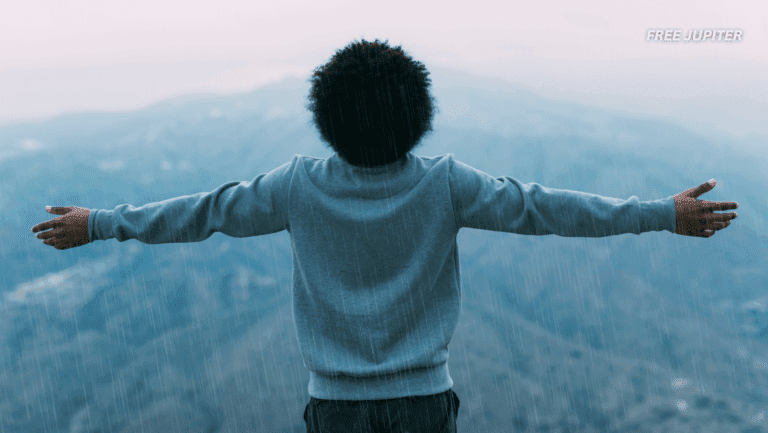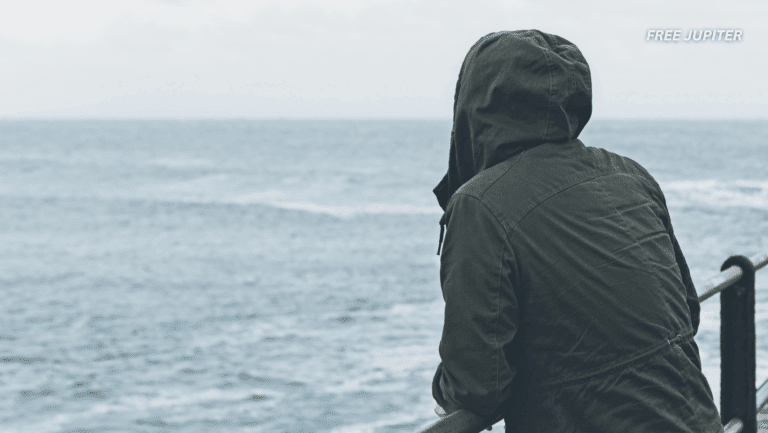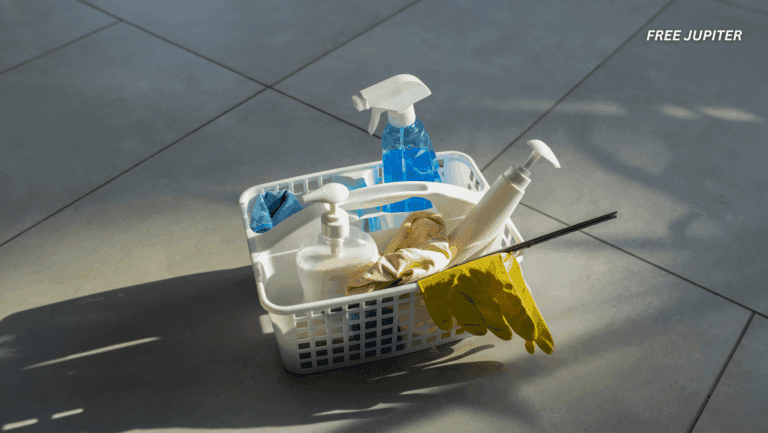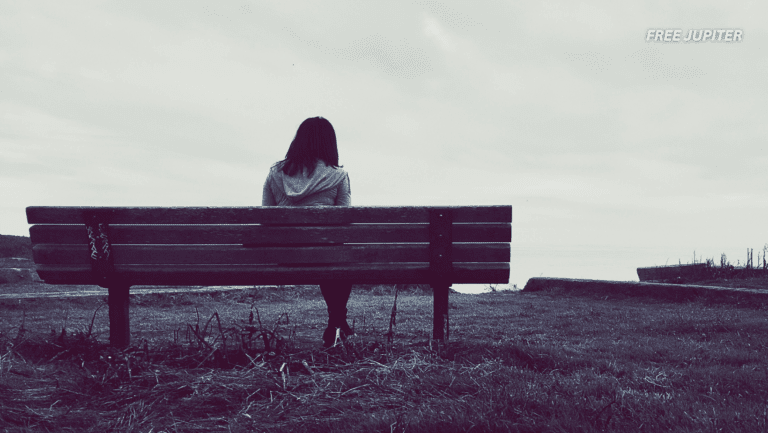Homelessness is a challenge faced by almost every modern city, but it takes on a particularly brutal form when winter sets in. A park bench or underpass might offer shelter from the wind, but when temperatures plunge below freezing, the situation becomes dangerous, even life-threatening. In Ulm, Germany, a group of innovators has stepped in with a creative, futuristic idea: small, solar-powered sleeping capsules that offer warmth, safety, and privacy to those who have nowhere else to go.
These pods, called “Ulmer Nests,” may look like something straight out of a sci-fi film, but their purpose is deeply human—to provide the city’s most vulnerable with a safe haven on the coldest nights.
The Harsh Reality of Winter Homelessness
For someone without a home, the drop in temperature during winter is more than just uncomfortable. It becomes a survival issue. Hypothermia, frostbite, and respiratory illness are constant risks when a person is exposed to the elements for long periods. In some European cities, reports of deaths from freezing are tragically common each winter.
Traditional shelters exist, of course, but they don’t always meet everyone’s needs. Shelters may be full, located too far away, or come with restrictions—some don’t allow pets, while others require people to part with their belongings at the door. For individuals already struggling to maintain stability, these barriers can discourage them from seeking help.
That’s where the Ulmer Nests come in. They don’t replace shelters, but they provide an alternative for those who might otherwise remain outside.
Read more: Scientists Find a Single Tree Can Capture Half a Metric Ton of CO₂ Annually, Cooling The Planet
How the Idea Was Born
The Ulmer Nest project began in 2018, when a small team of six business professionals from Ulm, all with expertise in design and engineering, started brainstorming ways to reduce the dangers faced by the homeless community during winter.
They didn’t want to design something complicated, expensive, or dependent on constant maintenance. Instead, they imagined something compact, durable, and relatively easy to scale. Their vision was simple: create a temporary refuge where someone could crawl inside, close the door, and be shielded from frost, wind, and rain for the night.
The first prototypes were built and tested outdoors the following year. While the concept worked, the team quickly discovered areas for improvement—better insulation was needed, doors needed redesigning for easier use, and the climate control system had to be optimized. Each winter since, the team has returned to the drawing board, tweaking and upgrading the design.
What Exactly Is an Ulmer Nest?
At first glance, an Ulmer Nest looks like a small wooden capsule—part cabin, part pod, part survival bunker. The frame is built from wood and reinforced with steel, giving it durability against the elements. The exterior is waterproof and windproof, designed to withstand the unpredictable German winter.
Inside, the space is compact but functional. Each pod can hold one or two people, along with personal belongings, a backpack, or even a pet. Privacy and dignity were central to the design philosophy—something often overlooked in large, shared shelters.
But this isn’t just a wooden box. These pods are equipped with technology that makes them safer and more sustainable:
- Solar panels provide energy to run the lighting and ventilation system.
- Sensors track temperature, humidity, smoke, and carbon dioxide levels to prevent dangerous conditions inside.
- An electronic locking system allows occupants to secure the door from the inside, offering a rare sense of safety.
- A ventilation system ensures fresh air circulation even when the capsule is sealed tight.
- An alarm buzzer is available for emergencies, allowing users to call for help.
And importantly, the pods are camera-free, meaning occupants don’t feel watched. Privacy is respected. Instead, a discreet motion sensor alerts social workers when a pod has been used, ensuring it’s cleaned and ready for the next person while also providing an opportunity to check in with the occupant.
The Role of Social Workers
The project is not just about technology—it’s also about connection. When the motion sensor indicates that a pod has been used, social workers can step in to clean the capsule and, if possible, engage with the individual who stayed there.
This creates a bridge between the homeless community and support services. For some people, these pods may serve as the first point of contact with help—social workers can offer information about shelters, healthcare, or longer-term solutions. In this way, the Ulmer Nests are not only places to sleep but also stepping stones toward reintegration into support networks.
Read more: Mexico Frees 350 Dolphins After Banning Marine Mammal Shows
Privacy, Dignity, and Safety
One of the most remarkable aspects of the Ulmer Nest project is the emphasis on human dignity. Traditional shelters can sometimes feel impersonal or even intimidating, especially when people are forced to give up their belongings or separate from pets. For many experiencing homelessness, these personal connections—whether to a dog, a backpack, or a few treasured items—are what make life bearable.
By creating space for these needs, the pods acknowledge the humanity of their occupants. Safety is another priority. Being able to lock the pod from the inside gives people a sense of control, something often missing from life on the streets.
A Work in Progress
Despite their success, the creators are quick to admit that the pods are not a perfect solution. They emphasize that these capsules are not meant to replace long-term housing or even full-scale shelters. Instead, they are emergency options—meant to keep someone safe through a dangerously cold night.
The team continues to experiment with ways to improve energy efficiency, insulation, and usability. As one team member explained, a lot of effort has gone into balancing climate control with limited solar energy. Too much humidity, for example, can make the capsule uncomfortable, while poor insulation can make it ineffective against the cold. These technical challenges are ongoing, but each winter brings new lessons and refinements.
Community Response
So far, the response from Ulm’s community has been overwhelmingly positive. Locals appreciate the innovative approach to a persistent problem, and social service workers see the pods as a valuable tool in their broader mission to support the homeless.
Some skeptics have raised concerns—such as whether the capsules might encourage people to avoid traditional shelters. But the team has stressed repeatedly that the pods are only emergency shelters. They are not intended for long-term use, but rather to prevent deaths and injuries during extreme weather.
Looking to the Future
The Ulmer Nest team is still operating at a prototype level, but they hope the idea will spread. If other cities show interest, production could be scaled up. Manufacturing larger numbers of pods would reduce costs and make them more accessible to urban areas facing similar challenges.
Beyond Germany, the concept could be adapted to suit other climates and contexts. In countries with harsh winters, these pods could save lives. In warmer climates, versions could be designed for heat protection rather than cold. The core idea—compact, solar-powered emergency shelters—has universal potential.
Read more: Dark Matter Could Spawn Black Holes That Consume Planets From the Inside
More Than Just a Pod
In the end, the Ulmer Nest is more than just a capsule. It represents a philosophy: that even small, practical innovations can make a difference in people’s lives. It’s a reminder that homelessness is not just about lacking a home, but also about lacking safety, dignity, and basic human comfort.
The pods won’t solve homelessness on their own. But they can protect people on the coldest nights, giving them one more chance to survive, recover, and perhaps find their way toward longer-term solutions.
And sometimes, survival through the night is the first step toward hope.
Featured image: GPT-5o/Recreation.
Friendly Note: FreeJupiter.com shares general information for curious minds. Please fact-check all claims and double-check health info with a qualified professional. 🌱










